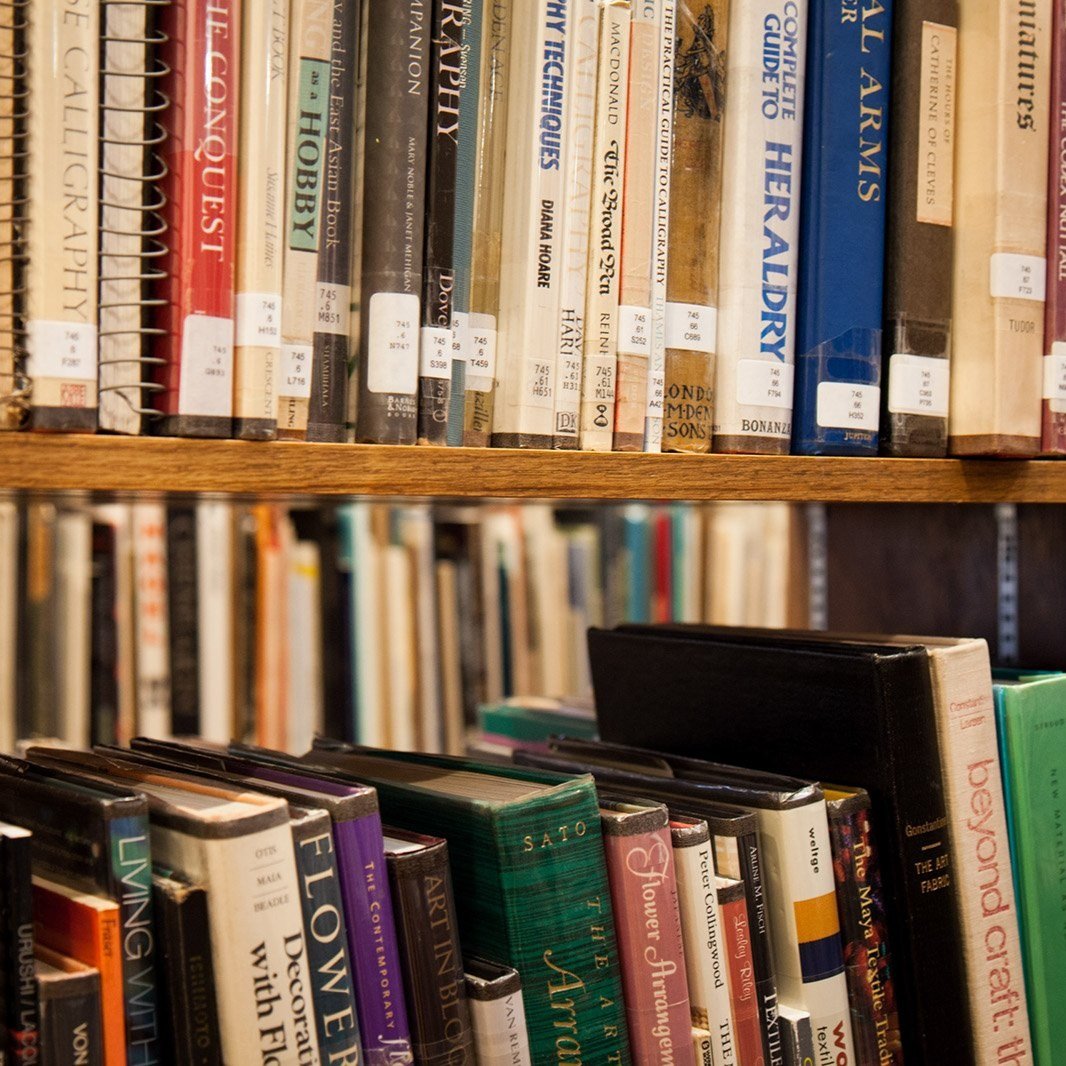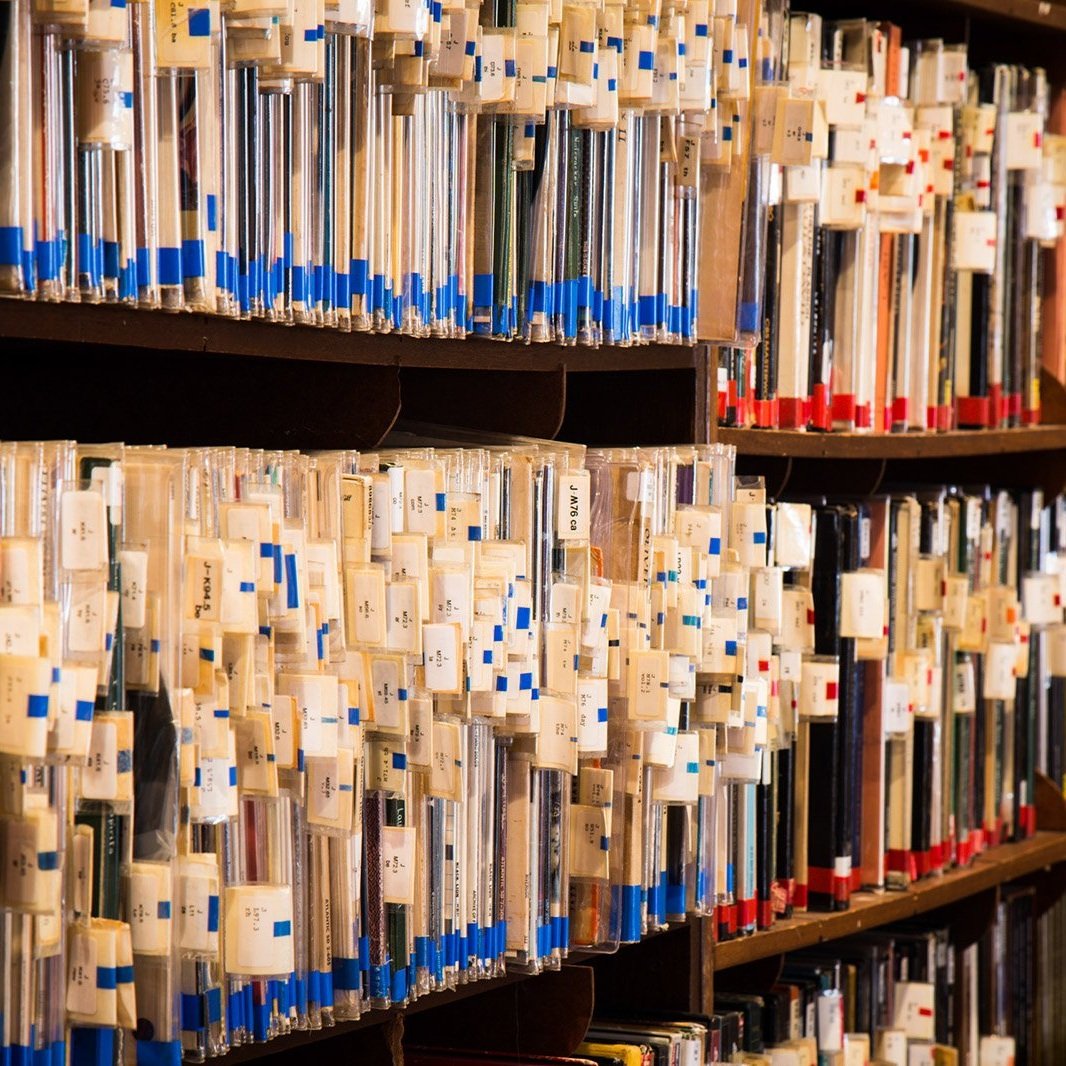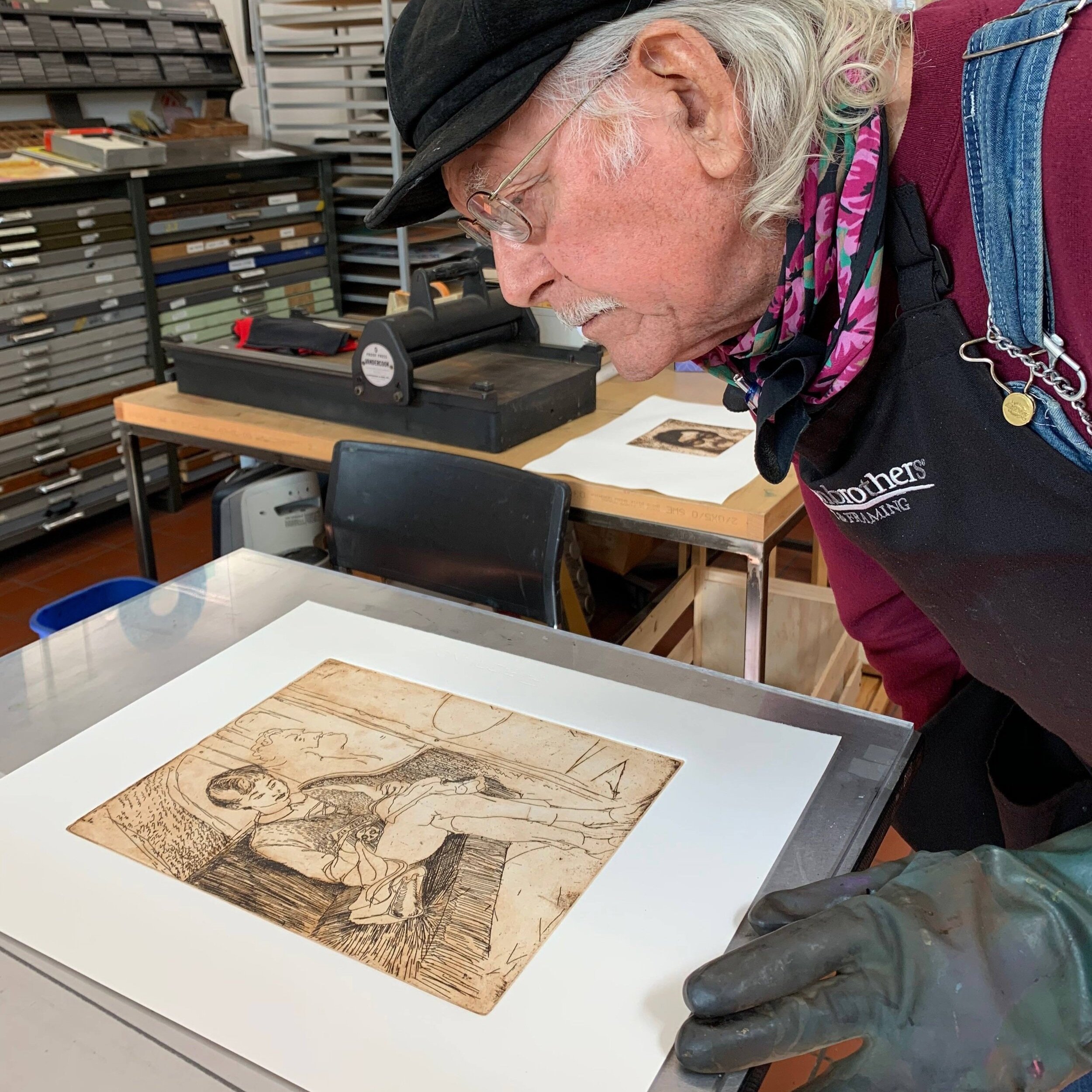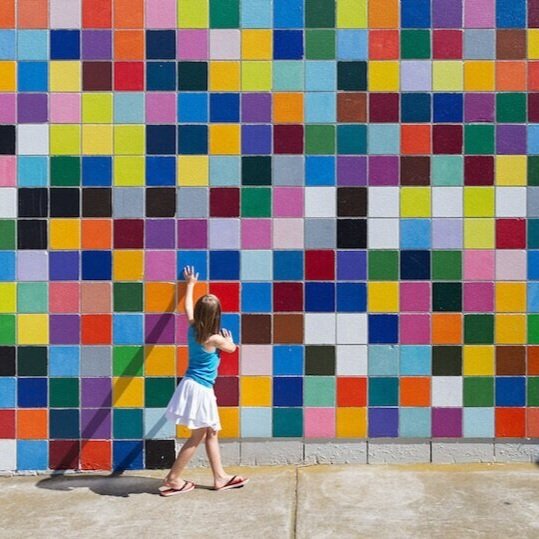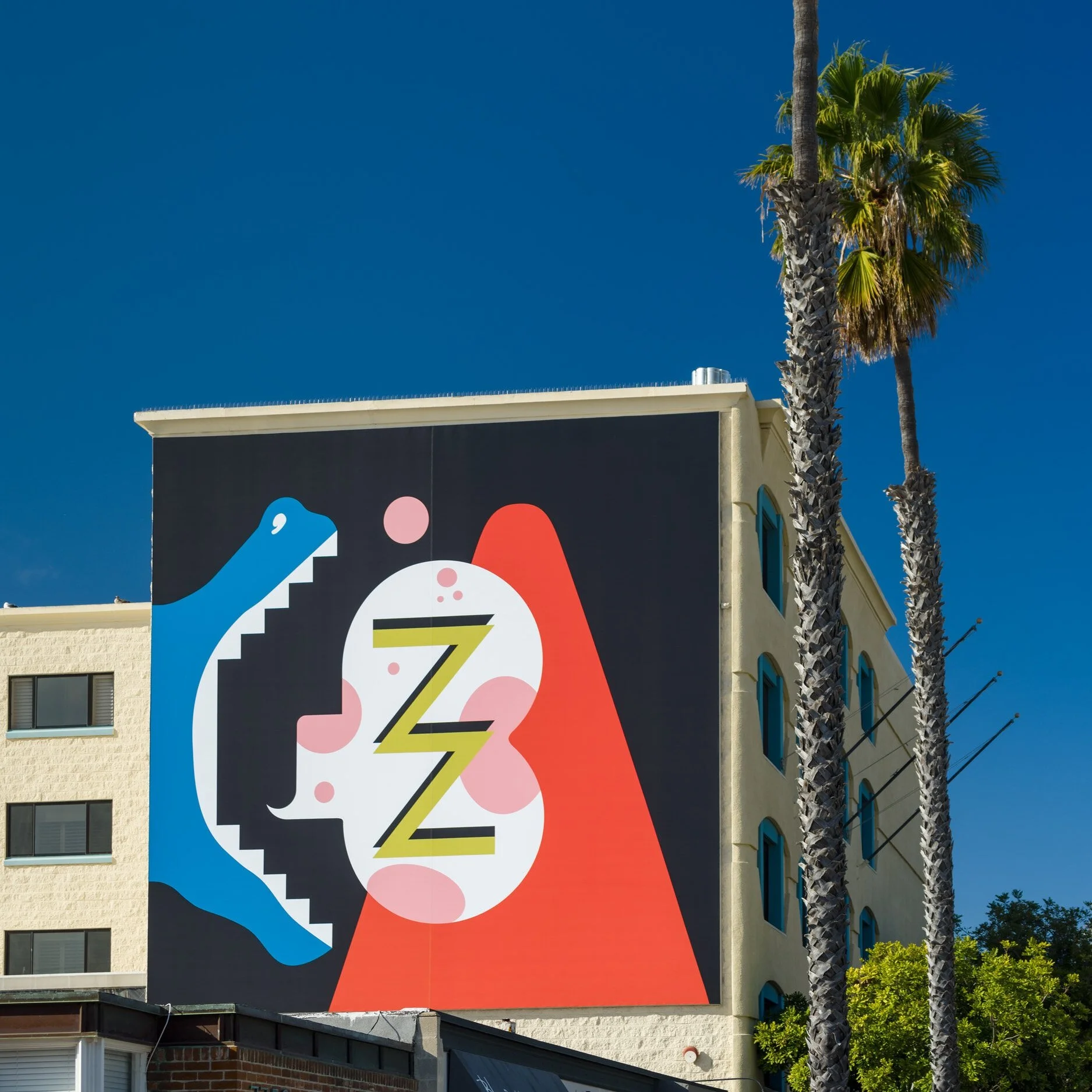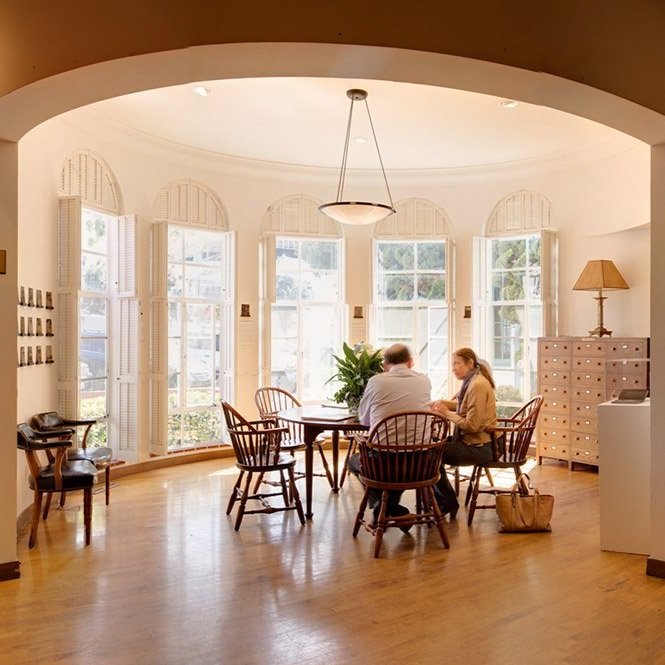
Art Nouveau Origins: Brussels | Diane Kane Art History Lecture
Monday, March 31, 2025
7:30 PM
Meet Victor Horta, Paul Hankar, and Henri van de Velde who originated the Art Nouveau style in Brussels. The movement elevated “craft” to an “art” and unified all art forms. In using modern materials and construction techniques, it eliminated historicism while emphasizing nature and movement through use of the whiplash line. Open floor plans and expansive use of glass, mirrors, and electricity brought transparency and spatial fluidity to once dark and constricted interiors.





